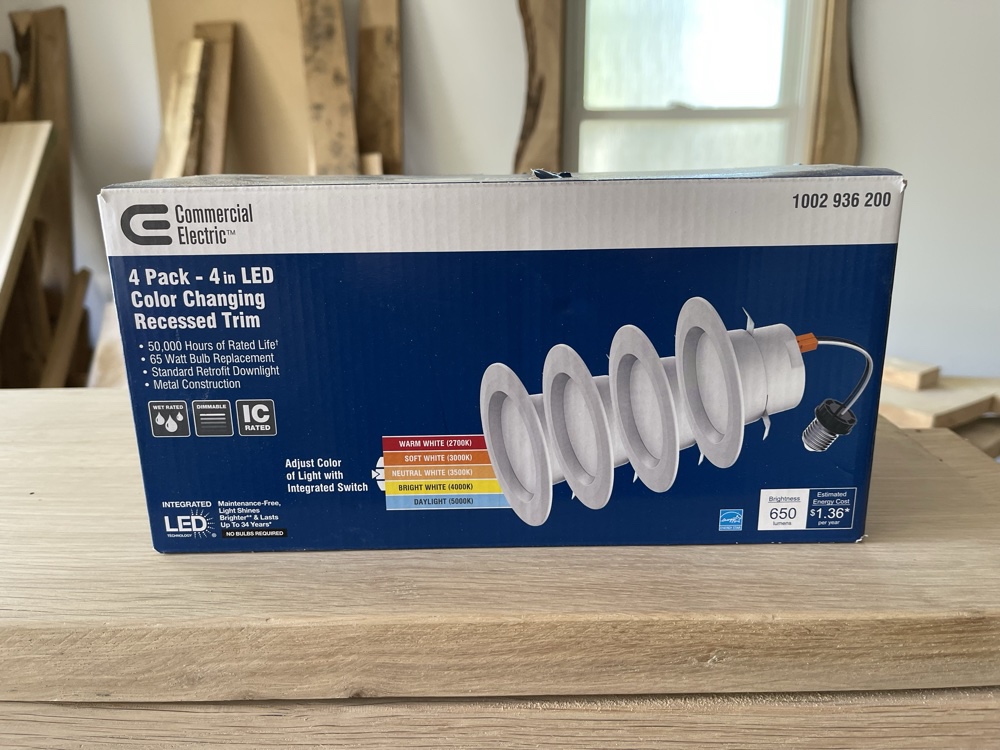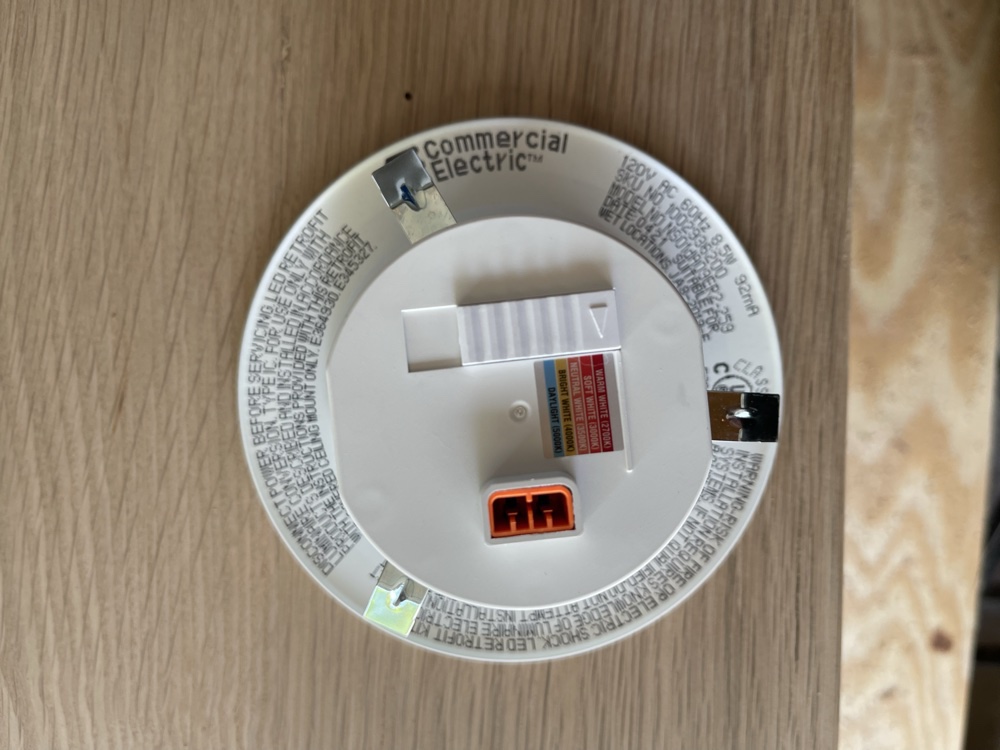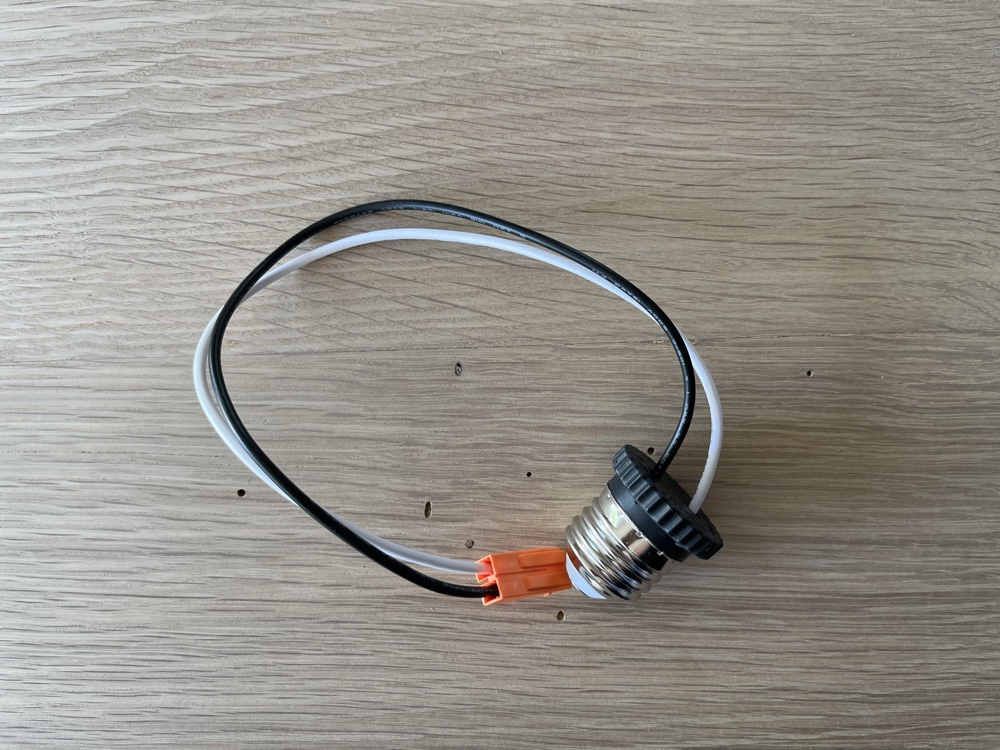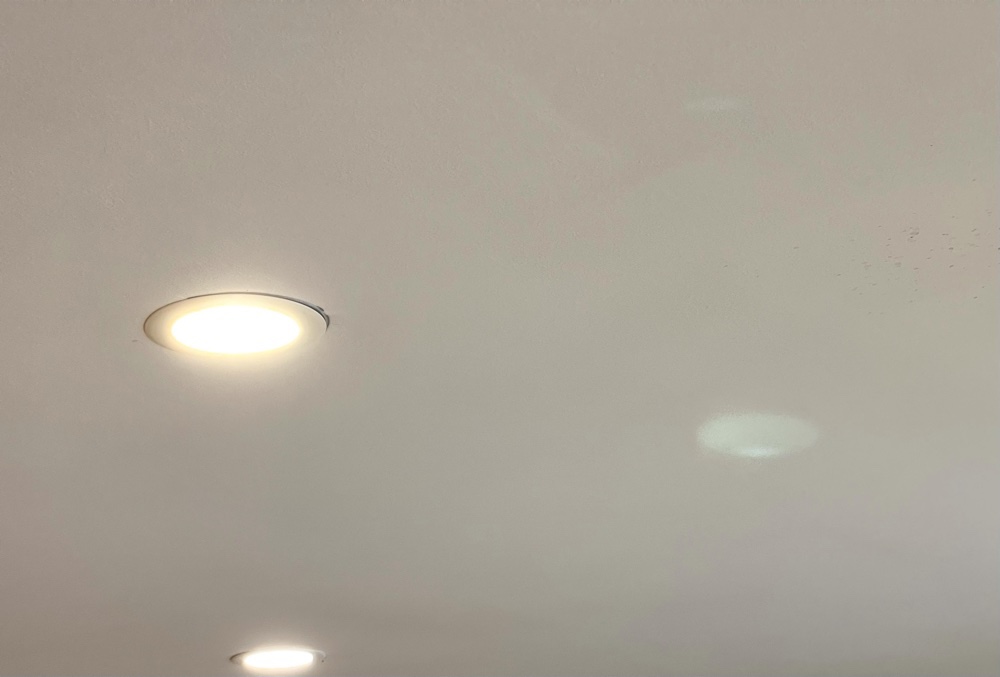Practical electric lights are a fairly new invention. In the early 1800s, researchers developed lights that were powered by electricity, but they were impractical for home use. In the late 1800s, Thomas Edison developed the first practical home electric lightbulb that was small, reliable, and relatively inexpensive. The incandescent lightbulb was born and it became the de facto standard for the next 100 years. Despite its many advantages, the incandescent light bulb had some significant negatives. In reality, this type of light bulb is more of a heat source rather than a light source as 80-90% of the energy consumed is used in the production of heat. Very little energy is used to create visible light.
Efforts were made to come up with more efficient electric lights and the next practical advancement was the fluorescent light that was developed for practical use in the 1930s. This bulb used similar technology as the neon bulb, but it was able to create the white light needed for daily living uses. In the 1970s scientist were able to take fluorescent technology and bend the glass to make CFL (compact fluorescent light) bulbs. This plus advancements in electronics made it feasible to create a fluorescent bulb that could be directly screwed into a regular incandescent socket. This technology become more affordable and in the 1990s CFLs became a regular replacement for common light bulbs. These bulbs were significantly more energy-efficient and could last up to 10 times longer than a normal bulb. Newer advancements in electronic ballasts have made CFLs even more energy-efficient, and they now approach current LED bulbs in their efficiency. However, they are at the end of their potential development, where LED bulbs are still evolving. Future LED bulbs will be even more efficient than the ones that we currently use.
There are other disadvantages to using CFLs. They can flicker and they have a warm-up time that is temperature dependent. The colder it is the longer they take to warm up. In addition, CFLs use glass tubes that can shatter, and they must be properly disposed of as they have a small amount of mercury inside of them.
LED (light emitting diode) technology was first discovered by accident in the late 1950s when a scientist was doing research on solid-state lasers. However, the first visible-light LED was developed in 1962. A LED produces light by a process called electroluminescence. When electricity is passed through a specific semiconductor it emits light. The first LEDs produced a dull red light, but soon researchers were able to produce LEDs that emitted light in other colors. If you are old enough you probably remember some of the uses of these early red LEDs, which were commonplace in calculators and digital watches.
Over the next few decades, scientists were able to produce LEDs that had greater brightness, and in the 1990s a scientist developed a super bright blue LED. This development was a necessary step to make commercially feasible LED house lights. It had been impossible to produce an LED that made white light, but it was possible to coat these blue LEDs with a phosphor which converted some of the blue light into longer wavelengths of light (red and green). When you combine all of these colors you get white light.
Home LED lights have been available for several decades, but they were very expensive. However, they have rapidly dropped in price and they are now affordable for every budget. LED lighting is the most energy-efficient lighting as the vast majority of the electrical energy is converted directly to light. LED technology continues to advance and it is likely that future lights will be even more energy-efficient.
In the past, you had to choose the color temperature of the LED white light that you wanted. Warmer (more yellow) lights were found 2700K and bluer “daylight” lights were found 5000K. However, you can now buy bulbs that allow you to adjust the light’s “temperature” on the fly. This is a great option when installing can lights as you can experiment with which light temperature is most pleasing without having to go out and buy several colors of LED lights.
In addition, many LED lights can be retrofitted to existing incandescent sockets. This not only applies to lamps but also fixtures like can lights. It is very easy to add these lights which will last much longer and are 7-8 times more efficient than their incandescent counterparts. See the photos below.



